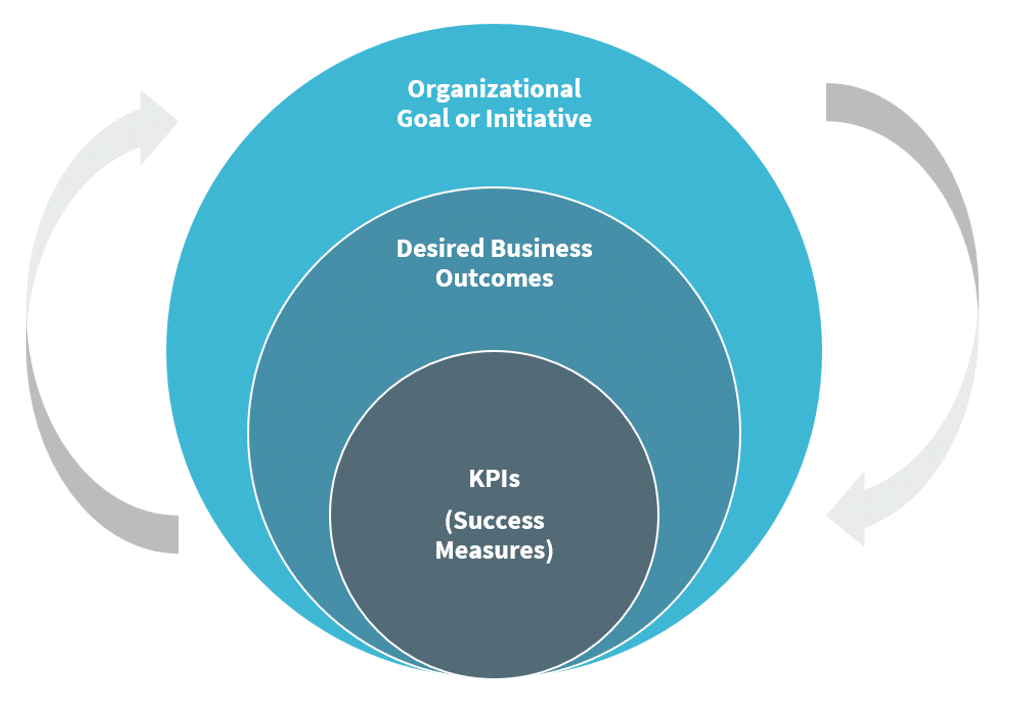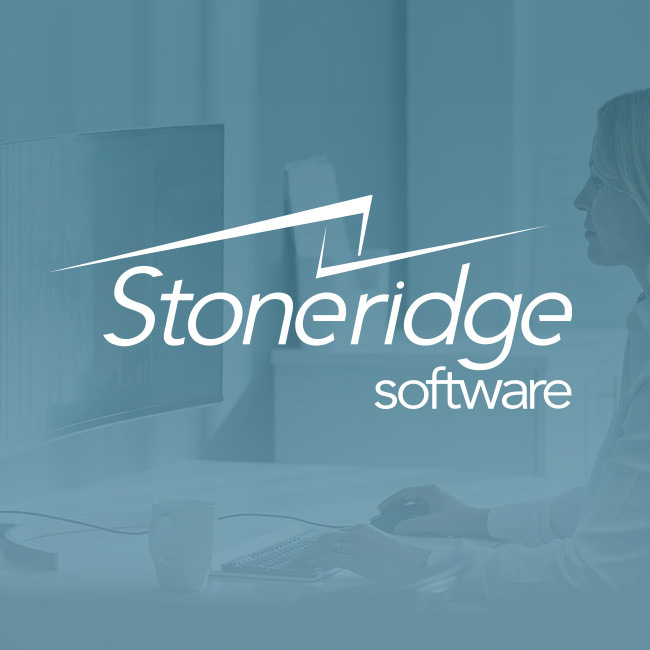Creating a Strong Technology Adoption Plan: A Step-by-Step Guide
Technology adoption is a critical factor in determining whether your organization succeeds or falls behind in a constantly evolving business landscape. Statistics show that only 16% of users fully adopt new technologies often due to unmanaged business and technical changes. Failing to manage and plan for change poses a significant risk and results in lower or even negative return on investment.
Avoid Pitfalls and Maximize Value with a Strong Technology Adoption Plan
Establishing a well-rounded technology adoption plan is essential to avoid these pitfalls and maximize the value of your technology investments.
In this blog, we'll guide you through the steps needed to build an effective adoption plan that ensures your organization achieves its desired outcomes.
What is a Technology Adoption Plan?
A technology adoption plan is a structured process organizations follow to implement and effectively use new digital solutions or assess and expand on existing ones. It involves a wide range of team members from leadership to everyday users and requires input and buy-in from all stakeholders to ensure its success.
Adopting new technology is about more than just implementing software. It's about ensuring that your workforce is ready, willing, and able to embrace change and use the technology effectively. With a comprehensive adoption plan, you're not just rolling out a new tool—you’re fostering a culture of change, ensuring sustained use, and ultimately driving better business outcomes.
The Journey to Adoption: Where Do You Start?
A significant portion of the work in establishing a successful adoption plan begins well before new technology is implemented. Even if change isn’t imminent, assessing your organization’s readiness for adopting new technologies can help you mitigate risk upfront.
After assessing your readiness and determining your organization’s appetite for change, you can take tactical steps to map out your plan and implement the new tools to improve your business processes.
Let’s walk through the steps:
Step 1: Building Your Adoption Team
Your adoption team is the backbone of the entire process. There are three primary stakeholder groups critical to a successful adoption:
- Executive Sponsors: C-suite or VP-level leaders who can influence strategic initiatives. They advocate for the vision and strategy behind the technology, which is crucial for gaining organization-wide support.
- Success Owners: Business unit managers, application administrators, implementation partners, or early adopters who are directly measured on the outcomes of the technology and have a vested interest in its success.
- Operational Stakeholders: Individuals involved in both the implementation and the long-term sustainability of the solution – such as end-users and technical support. The composition of this team may vary depending on the type of technology being adopted, whether it’s a CRM, ERP, or a low-code platform.
Many organizations have found success using a Center of Excellence (COE) structure to manage the lifecycle of their adoption efforts well beyond implementation.
The scope of COE responsibilities varies significantly but often includes:
- Mentoring
- Holding office hours
- Conducting co-development projects
- Managing admin portals
- Producing training materials
- Creating documentation
- Applying governance guidelines
Step 2: Defining Adoption Strategy and Intent
Once your adoption team is in place, the next step is determining the strategy and intent behind the adoption. This involves asking questions like:
- Why is adopting this application important to your organization?
- Consider: Industry trends, economic factors, environmental factors
- What outcomes do you expect from better adoption of this technology?
- Focus on: Business and people-centered goals, rather than technical objectives
- What observable behaviors or metrics would indicate that adoption goals and business outcomes have been achieved?
- Focus on: Organizational and industry KPIs
- Tip: Establish a method for tracking and reporting on KPIs, record baseline metrics, and set KPI goals with a timeline.
Your answers might include objectives such as fostering team collaboration, improving customer experience, or modernizing technology platforms. It’s essential that your team agrees on these goals and clearly documents them to keep everyone aligned.
Step 3: Assessing Adoption Readiness
Understanding your organization’s readiness for change is crucial for crafting a practical and effective adoption plan. Some readiness assessment factors could be:
- Vision and Strategy:
- How clear is your business case? Are your success metrics well-defined and trackable?
- Organizations range from having an undefined strategy to having a strategy that drives the direction of the entire organization.
- Business Process:
- How aligned are your business processes with your strategy?
- A low level of readiness may indicate ad-hoc processes with little impact on overall strategy, while a high level signifies that processes are critical to delivering organization-wide goals.
- Change Management:
- How effective is your organization at managing change?
- At the highest level, change management is embedded in the DNA of the organization. Research shows that 70% of business solution failures are due to non-technical issues such as low user adoption, making this a critical area to focus on.
- Data and Insights:
- How well does your organization leverage data to drive decisions?
- Organizations at the highest readiness level use dynamic data insights to guide strategy and maintain a competitive edge.
Your organization’s current state in each of these areas will determine the next steps in your adoption plan.
Step 4: Translating Insights into Actionable Steps
After assessing readiness, the next step is turning insights into an actionable plan. A successful adoption plan can be as simple as aligning the four pillars of readiness with best practices, assigning each action to a successful owner, and setting a target completion date.
For example, if your assessment shows that your vision and strategy are at a low readiness level, your plan might include actions such as defining clear KPIs, creating a communication strategy, and regularly tracking metrics. It’s important to remember that a lower level of readiness is not inherently negative—it simply reflects where you are today and guides you on the path to your desired future state.
Step 5: Sustaining Adoption Beyond Implementation
Adoption doesn’t end once the technology is in place. Continuous evaluation and management are essential for sustained success. Revisiting your strategy, intent, and the composition of your adoption team ensures that you stay aligned with evolving business goals and market conditions.
In many cases, organizations find that partnering with specialists in change management can significantly improve their adoption outcomes. These partners can help your team navigate the complexities of change and drive higher value in a shorter amount of time.
Reminder: Don’t Set It and Forget It
Creating a strong adoption plan is more than just a checkbox exercise; it’s about aligning people, processes, and technology toward common goals. By assembling the right team, defining your strategy, assessing readiness, and translating insights into action, you can drive successful adoption and achieve the ROI your organization expects.
Whether you’re just beginning your adoption journey or looking to improve an existing implementation, remember that adoption is cyclical—it requires ongoing commitment, regular evaluation, and a willingness to adapt. By following the steps outlined above, you’ll be well on your way to realizing the full potential of your technology investments.
Stoneridge Software: Your Technology Adoption Partner
Our experts can help you through every phase of this process. We resell and implement Microsoft solutions, but we can also help you set up your adoption plan and implement a training curriculum to help your team prepare.
Additionally, when your solution goes live, we provide you with constant support to address any challenges and monitor for new features and functionalities that can improve your processes even further.
Contact our team to ensure your technology adoption plan is set up for long-term success and maximum ROI.
Under the terms of this license, you are authorized to share and redistribute the content across various mediums, subject to adherence to the specified conditions: you must provide proper attribution to Stoneridge as the original creator in a manner that does not imply their endorsement of your use, the material is to be utilized solely for non-commercial purposes, and alterations, modifications, or derivative works based on the original material are strictly prohibited.
Responsibility rests with the licensee to ensure that their use of the material does not violate any other rights.







